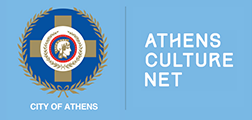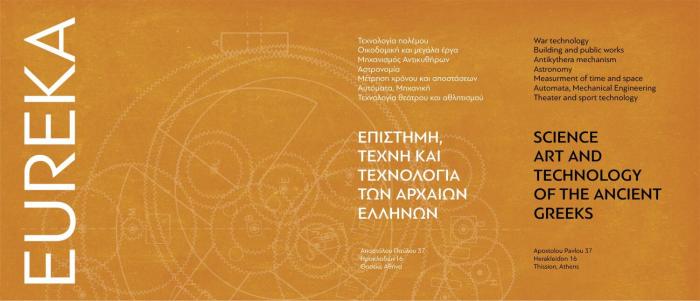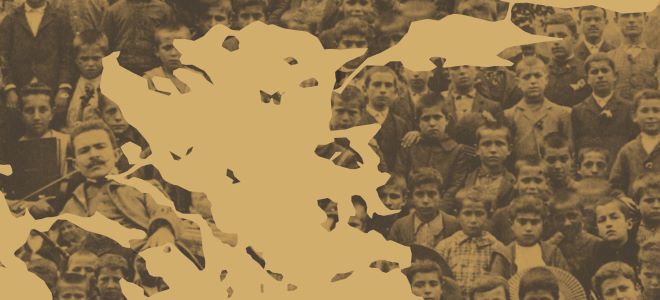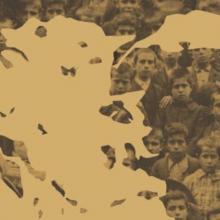|
|
EUREKA: Science, Art & Technology of the Ancient Greeks
The exhibition includes emblematic achievements of ancient greek technology and technique. From the great and impressive works of the Mycenaeans, to the Byzantine astrolabe, the visitor travels through more than 28 centuries of history, knowledge, culture, human skills, all over the world of the geographical spread of Hellenism.
The thematic sections presented in both buildings of the Herakleidon Museum are as follows:
BUILDING AND GREAT WORKS, ANCIENT GREEK INSCRIPTIONS WITH TECHNOLOGICAL CONTENT, THE ANTIKYTHERA MECHANISM, ASTRONOMY, TIME AND DISTANCE MEASUREMENT, AUTOMAΤΑ, MECHANICS, TECHNOLOGY IN ARTS AND SPORTS, TRIREME, GREAT WEAPONS, WAR MACHINES, TELECOMMUNICATIONS.
14 May, 2021 to 31 August, 2023
Info: The collaboration between ΕΔΑΒυΤ and Herakleidon Museum has resulted in the present exhibition thematic sections dedicated to emblematic achievements of ancient greek technology and technique.
Organization / Production: Herakleidon Museum & ΕΔΑΒυΤ Hours: Wednesday to Sunday, 10:00 - 18:00 (last admission at 17:15) Tickets: 5 € normal ticket (for both buildings), 3 € reduced ticket (for both buildings) Special remarks: Credit cards are accepted
ASIA MINOR HELLENISM: Heyday – Catastrophe – Displacement – Rebirth
The Benaki Museum and the Centre for Asia Minor Studies are co-organising this large commemorative exhibition to mark the centennial anniversary of the Asia Minor Catastrophe.
Under the Patronage of H.E. the President of the Hellenic Republic Ms. Katerina Sakellaropoulou
15 September, 2022 to 12 February, 2023
Info: More than 1,000 exhibits and over 500 photographs bring to life the heyday of Hellenism before the persecutions, the dramatic period between 1919 and 1923 as well as the settlement and integration of the Asia Minor refugees in Greece.
Visitors embark on their journey to the ‘heyday’ of Asia Minor Hellenism (first section) in Ionia and the west coast, they proceed to Cappadocia and the southern provinces, travel to Pontus, then continue towards the West and the environs of Istanbul and they end up in Eastern Thrace.
The heyday is followed by the period of persecutions, the conclusion of World War I and the ensuing Treaties, the period of the Greek landing in Asia Minor and the ensuing Campaign, the ‘Catastrophe’ of 1922, as well as the ‘Exodus’ of refugees (second section).
The third and final section of the exhibition focus on the settlement and integration of refugees in Greece, as well as their impact on many sectors of Greek society. Part of the epilogue of the exhibition is dedicated to the creation of the Centre for Asia Minor Studies in 1930 by Melpo and Octave Merlier.
This chronicle is described through works of art, icons, ecclesiastical, war and personal heirlooms, costume, jewellery, handicrafts, maps, photographs, archival and cinematographic material, newspapers, letters, postcards, and many other items. Excerpts from personal testimonies complement the narrative, bringing images and silent objects to life.
Venue: Benaki Museum / Pireos 138 Hours: Thursday, Sunday: 10:00-18:00 Friday, Saturday: 10:00-22:00 Tickets: € 15, € 10 Tickets can be bought in advance at tickets.benaki.org or by attending the Museum on the day of the visit. Special remarks: Parking Reservations are accepted Credit cards are accepted Wheelchair accessible
Routes of Icons 17th - 19th century
The exhibition explores the iconographic, stylistic and technical diversity of icons that circulated in the Greek Orthodox space between the 17th and 19th centuries, sourcing material from the collections of the Benaki Museum.
8 December, 2022 to 5 February, 2023
Info: The concept of ‘Greek Orthodox space’ is approached not merely as a geographical entity but, above all, as a social construction, sustained by the close community ties generated by the Orthodox identity that was shared by populations with different traditions, political loyalties, even language. The shared Byzantine background created a uniform legacy of iconographic themes and technical solutions that were constantly enriched in each centre of production in a variety of ways. However, these common components were not dissolved; rather, they allowed the transfer of icons from place to place and their coexistence within the same places of worship, from Russia to the Ionian Islands, Crete, the Aegean and Asia Minor.
A special section of the exhibition presents new technical data that emerged from the ongoing ERC RICONTRANS research project, granting the public unique in-depth access to selected works through the stereomicroscope.
This exhibition is part of RICONTRANS project, which has received funding from the European Research Council (ERC) under the European Union’s Horizon 2020 research and innovation programme (grant agreement No 818791).
Venue: Benaki Museum / Pireos 138 Hours: Thursday, Sunday: 10:00-18:00 Friday, Saturday: 10:00-22:00 Special remarks: Credit cards are accepted Wheelchair accessible
|



